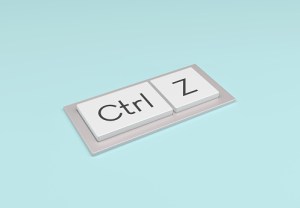
…..Says Stephen Curry, NBA megastar, and championship hopeful.
What I see when Curry plays, whether he is making his 3-pointers consistently or not, is a perfect storm of laser focus on what’s happening now and an expansive awareness of his surroundings. His agenda is clear at the moment, but like a chess master he sees the court as an ever-changing expression of I’m here, you’re there, but you could also soon be over there and I could be there too.
You also don’t see him dwelling on the last 2 minutes when he missed 4 3-point baskets. That time is past and the moment is now before him and the most important thing. He embraces being in the moment which is a crucial first step.
He sets himself apart by consistently doing Neuro-cognitive training, exercises and drills, warmup, eye-hand coordination exercises, flexibility, and strengthening through foam rolling and weights. Good nutrition is also key to keeping him eating the healthiest calories.
Most of us though need to take on awareness in order to “lock in on the moment” in an activity. A simple example, my reading glasses are key to my ability to read anything close up. Since this is the case, why do I regularly take them off when I am not reading and forget where I put them? (For young people, you can substitute keys, phones, or whatever you habitually misplace).
This happens over and over again reinforcing the behavior. But I wonder why the hassle of searching for many minutes, many times a day doesn’t inspire more awareness at the moment. Habit plays a big part.
The solution is 1) recognize the habit, 2) make a plan to change it 3) be patient – you will fail many times, just like Curry. But eventually, you will get better and have fewer backslides. I am hopeful that my own advice will guide me to knowing where my glasses are more often than not! Stay tuned for a progress report.
You may need some hands-on assistance to make that plan. I offer a free 15-minute phone consultation to explain how. 973 432 5815.
Or you can fill out the contact form and I will get back to you within 24 hours.
“People do not decide their futures, they decide their habits and their habits decide their futures.”
―
If you would like to unsubscribe to these emails, please reply with ‘Unsubscribe’ in the text of the email.










